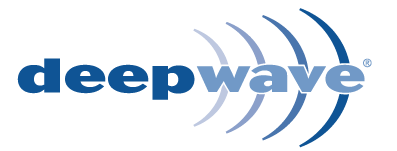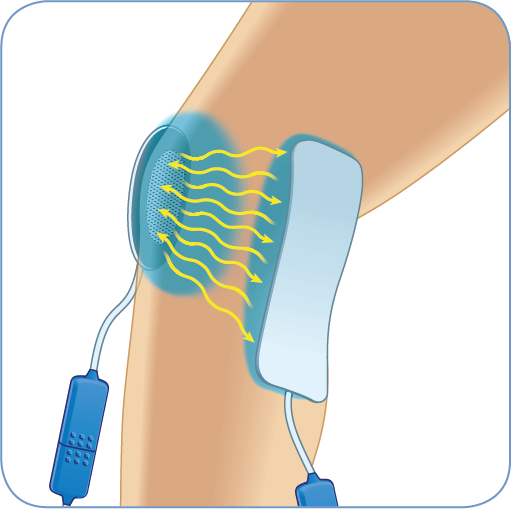Deepwave® Percutaneous Neuromodulation Pain Therapy
The Future of Pain Relief Has Arrived.
The Deepwave® Percutaneous Neuromodulation Pain Therapy System is a first course foundation therapy for treating chronic, acute or post surgical musculoskeletal pain. Deepwave® is an office-based procedure that can be used to treat pain in numerous locations in the body including the lower back, cervical spine, hip, knee, ankle, foot, shoulder, elbow, wrist and hand.
Deepwave® treatments provide numerous benefits for the patient:
- Immediate and long-lasting relief
- High response rate
- Patient controlled
- Comfortable and easy-to-administer 30 minute treatments
- Non-pharmacological
- Non-surgical


Deepwave® Treatment
The transmission of pain is conducted by the body’s central nervous system. There are different types of nerve fibers which perceive and transmit pain. By interrupting the transmission of pain signals in the nerves, pain signals do not reach the brain and pain is not perceived.
How does the Deepwave® system work
The Deepwave® system delivers high frequency therapeutic energy into the body through a percutaneous electrode array (PEA) placed directly on the skin over the pain site. A low frequency electrical field develops in deep tissue, encompasses the pain site and interrupts the transmission of pain. The Deepwave® system is safe and is cleared by the FDA for use in treating chronic, acute or post-surgical musculoskeletal pain.


What happens during the procedure?
The Deepwave® treatment lasts for 30 minutes. Prior to the procedure the nurse will place two electrodes near the site of your
pain. One of the electrodes, the PEA, contains 1014 microneedles,
which are only three quarters of a millimeter in length and feel like Velcro or sandpaper to the touch.
The PEA is placed directly over the location of your pain. The second
electrode, called the Feed Electrode, is placed nearby, typically opposite to the PEA. Once the electrodes are Deepwave® Treatment Feed Electrode PEA Percutaneous Electrode Array (PEA) placed, the nurse will instruct you on how to use the portable Deepwave® device.
You control your own comfort level by simply adjusting the intensity using the Plus and Minus buttons on the device.
The nurse may direct you to the waiting room or some other comfortable location where you can read a magazine or watch television while receiving your treatment.
What will I feel during the procedure?
Most patients report that the Deepwave® procedure feels like a tingling or “pins and needles” type sensation, and at higher intensities, may feel like an intense, deep muscle massage. Patients are encouraged to increase the intensity up to a very strong but tolerable sensation. At the end of the procedure, the nurse will remove the electrodes, and you may notice a pink circle with a dimple pattern underneath the PEA. This is completely normal andshould disappear within one hour.


When should I expect to feel improvement?
You should experience pain relief immediately following the treatment as well as an improvement in function including a reduction in muscle spasm, increase in range of motion and reduction of stiffness.
What level of activity may I perform after my procedure?
There are no limits to your activity after receiving a Deepwave® treatment. However, with less pain, patients should be careful not to perform strenuous activities that might have caused the pain in the first place.
What determines whether I need further Deepwave® treatments?
If you feel less pain and have a positive response to the first treatment, your doctor may recommend that you return for 3-5 additional treatments, one treatment every 1-2 days after your first treatment.
What contraindications does Deepwave® have?
You cannot use the Deepwave® device if you have an
implanted electrical device such as a cardiac pacemaker or defibrillator, or if you have any of the following conditions: stainless steel allergy, suspected or diagnosed heart problems, or epilepsy. Additionally, the Deepwave® device cannot be used across the heart region, on the front or side of the neck, or on the head.

